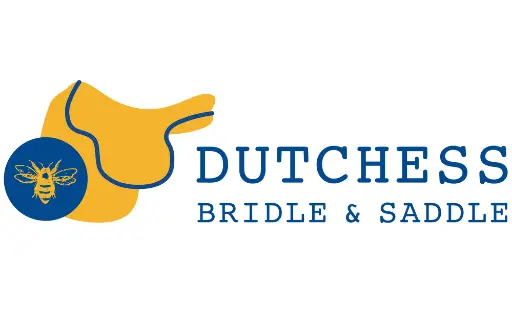Virtual Saddle Fitting Evaluations
We know that many areas lack access to a hands-saddle fitter. If you need assistance in evaluating a saddle you own, considering a saddle for purchase or need to start the saddle shopping process, our Virtual Saddle Fitting service can help!
Each level of service includes a wither tracing kit mailed to you along with a discussion about what you are looking to accomplish with the fitting. Recommendatoins are based on the information provided can range from a padding or girth correction to shopping for a different saddle.
A virtual fitting evaluation is not as accurate or thorough as a hands-on evaluation. Based on the information provided to us along with decades of saddle fitting experience, we will do our best to provide you with recommendations and/or guidance to a fitting solution. Our conclusion will be solely based on visual observations and is not a guaranteed fit. Recommendations will be in the form of adjustments to the saddle, pad/girth/shimming options, or alternate saddles/sizes.
Virtual Saddle Fitting Package Pricing
BRONZE
$
175
00
-
Saddle fit evaluation of one horse
-
Wither Tracing Kit
-
Saddle fit evaluation of current saddle or saddle considering for purchase
Checkout
Dutchess Bridle Saddle Virtual Saddle Fitting
SILVER
$
330
00
-
Everything in Bronze
-
Saddle shopping for client
-
One follow-up the same calendar year
-
Video Chat
Checkout
Dutchess Bridle Saddle Virtual Saddle Fitting
Popular
GOLD
$
500
00
-
Everything in Silver
-
Two follow-ups throughout the same calendar year
-
Video Chat
Checkout
Dutchess Bridle Saddle Virtual Saddle Fitting
Does not include: flocking, adjustments/re-fitting/repairs, shipping, saddle trials


